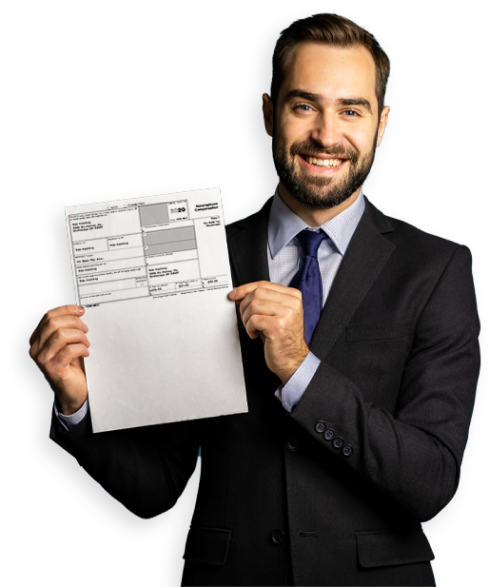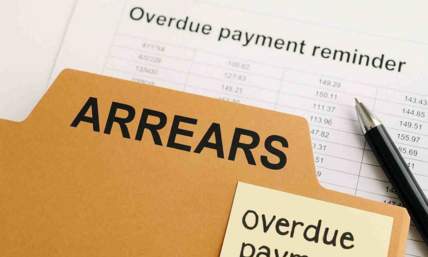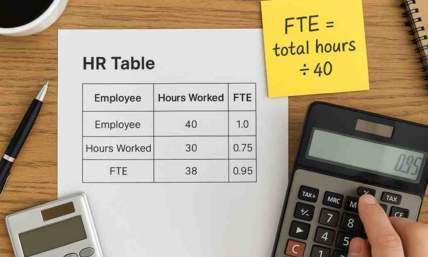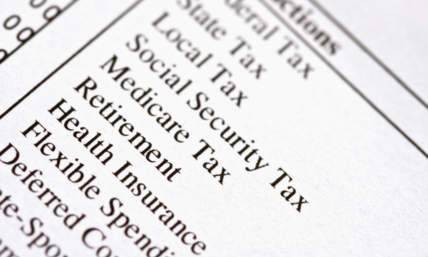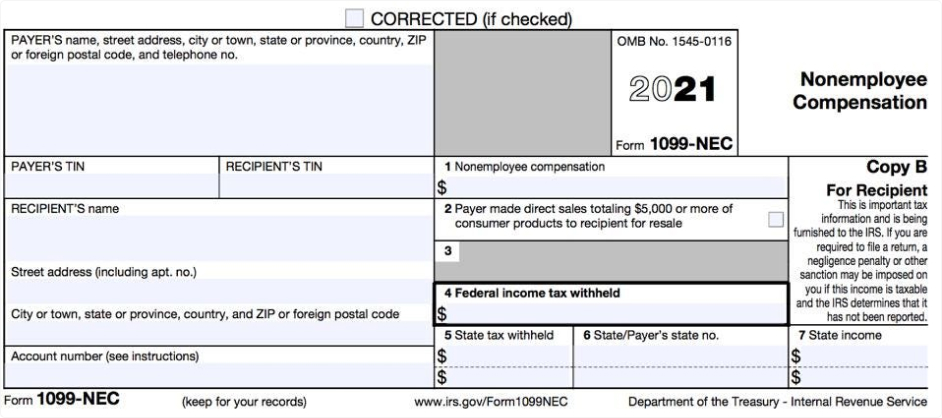When you receive a copy of a Form 1099-NEC, you should use the information to fill out your tax
return. What this means to you, specifically, varies depending on whether you work as a sole
proprietor or have a passthrough entity, such as an LLC or S Corporation.
Individuals Who Receive Form 1099-NEC
Taxpayers who file taxes as an individual, such as sole proprietors or single-member LLCs, will
report earnings from the Form 1099-NEC on their Schedule C, Profit and Loss from
Business, which
accompanies the Form 1040, U.S.
Individual Income Tax Return. The income reported on a Schedule
C can be offset by qualified business expenses, including but not limited to the home office
expense, travel expenses, and professional fees.
Passthrough Entities That Receive Form 1099-NEC
If you operate as a passthrough entity, such a multi-member LLC or partnership, you will have to
file an informational tax return for your business. The informational return generates another
form, which is used by the members of the LLC or partners in the partnership, to report their
share of the earnings on their own personal income tax returns. The members or partners then pay
taxes personally on their own share, "passing through" the tax burden from the business to the
individual level.
For a multi-member LLC or partnership, the Form
1065, U.S. Return of Partnership Income, is used
to report income and expenses. If one of these business entities received a Form 1099-NEC, they
should report that information on the Form 1065. All of the income and expenses from the
business are sent to the IRS as an "informational return" because no taxes are paid directly by
the business. The Form 1065 then generates a Schedule K-1, Partner's Share of
Income,
Deductions, Credits Etc.
The members or partners use their Schedule K-1 information to fill out their own personal income
tax return. The information from the Schedule K-1 is used to complete the Schedule E,
Supplemental Income and Loss, which accompanies the Form 1040.





